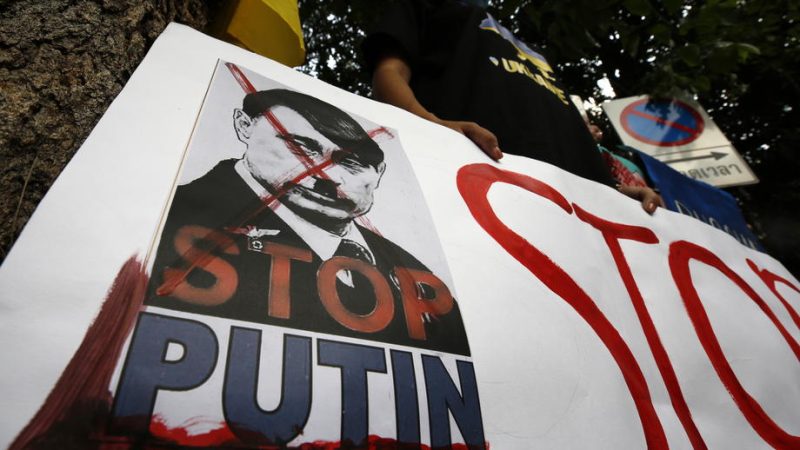The Royal United Services Institute published an interesting analysis yesterday about Ukraine's and Russia's capabilities, and how the west should best help the former:
I highly recommend reading it, or at least the summary.
The key point is that Russia has very good artillery, which Ukraine is struggling to deal with, but certain western weapons systems could help blunt the Russian advantage:
1. Multiple Launch Rocket Systems, with guided munitions. USA just delivered first four HIMARS systems to Ukraine a little over week ago, and they're already showing promising results: Almost every night there is an ammunition depot or two blowing up, and because they "shoot and scoot", Russia hasn't been able to do anything about it. The number of such systems is going to increase, but eventually, Russia will get lucky and be able to destroy some of them too, and Russia has probably hundreds of ammunition dumps all over the occupied territory which means that it will not run out of ammo, but might become constrained locally by the logistics. And the obvious counter is to just have more smaller depots instead of large ones, which I'm pretty sure Russia is in the process of doing.
With guided munitions, Ukraine won't need UAVs to correct fire, unlike most Russian systems, but the downside is of course that the targets need to be stationary. I think it's pretty obvious that NATO or the US is analysing satellite images to provide Ukraine with targets, though of course nobody wants to say so publicly to avoid escalation. Local informants might help as well. But MLRS probably won't help with mobile artillery systems. I do hope they can at some point start hitting Russian SAM batteries though.
2. Suicide drones for taking out Russian Electronic Warfare units. The importance of EW on Russian side was new to me at least: based on the paper, they're able to pretty much deny the airspace to Ukrainian drones over the front line, which means that Ukraine doesn't know what they should be hitting, and can't correct fire like Russia can with its Orlan-10 drone. But what's even more amazing is the simplicity of the solution: The west just needs to come up with a simple sensor and guidance system that homes in on Russian jamming signals, and then put that in cheap drones with explosives. If Russian EW units can be disabled, Ukraine could fly their own drones and drastically improve their ability to do counter-battery fire or ground maneuvers.
3. On the other hand, Russian drones are a huge problem for Ukraine. They're embedded with the artillery units, so that if a drone sees a target, it can hit it within a few minutes, as opposed to half and hour or so that it takes for other means. The article does mention Starstreak and Martler missiles as being useful, but they're hardly cost-effective: googling the prices, Starstreak costs about $3 million and Martlet $1.5 million, compared to Orlan drone that's less than $100k (and given the simplicity of Orlan-10, I'm pretty sure that even if that's the public price, the actual cost to manufacture is way less). And Russia has thousands of Orlan drones. The article doesn't really go into more detail about this problem, so I wonder if any cheaper systems could be used to detect and shoot down the drones.
Heat seeking missiles like Stinger or their soviet counterparts are nearly useless, because the small drones don't have big enough infrared signature for the missile to lock on to.
Finally, the report suggests that the west should train Ukrainian troops to be able to carry about large scale counter-offensives. I'm a bit skeptical how realistic it is to do that in less than several years or decades. And this is why I think that even though Ukraine might be able to stop Russia, it will have a very hard time doing counter-attacks and retake land that is already occupied. The best that Ukraine can hope for is to stop the Russian advance, and then negotiate a peace deal with reasonable security guarantees.

